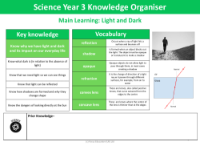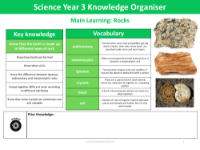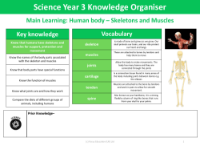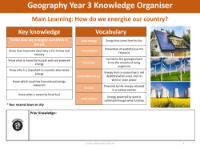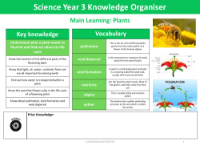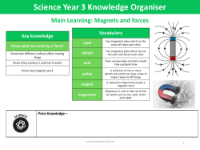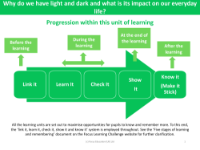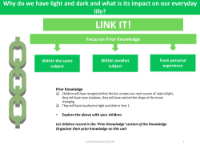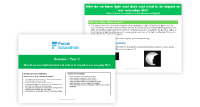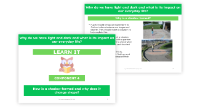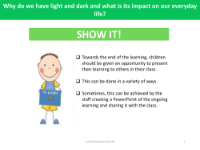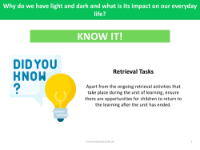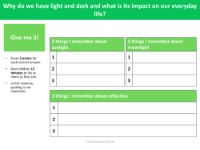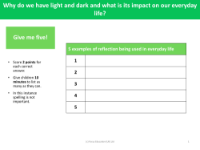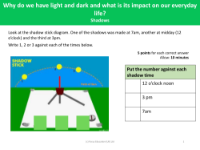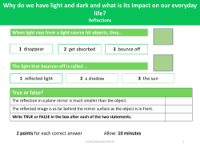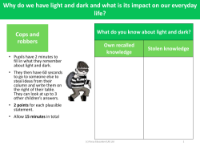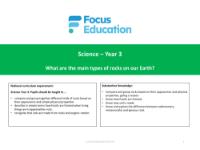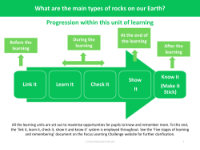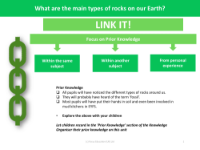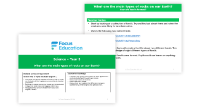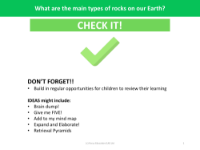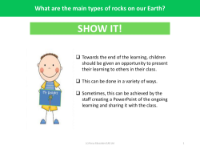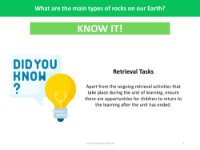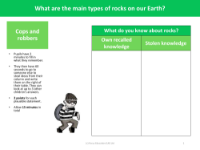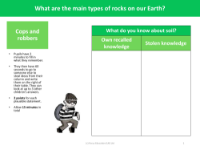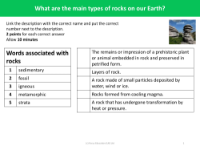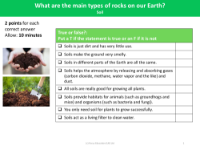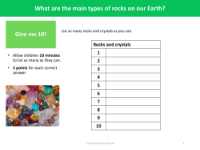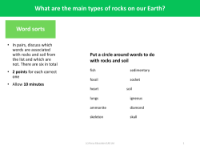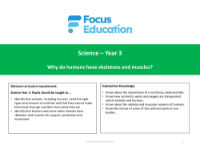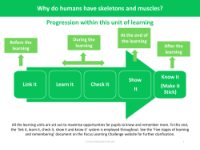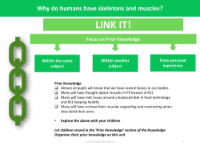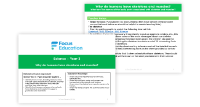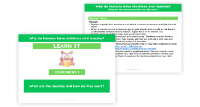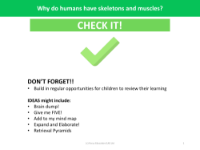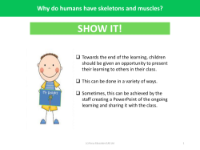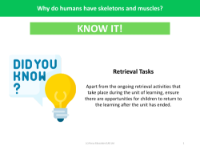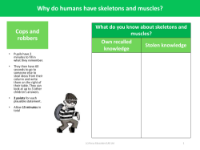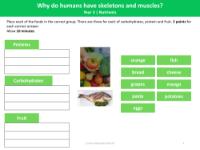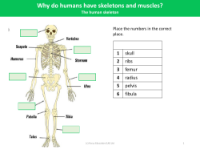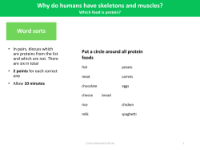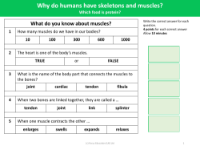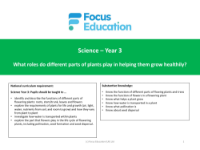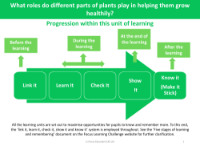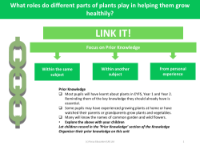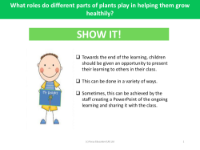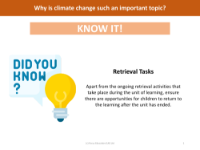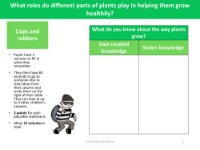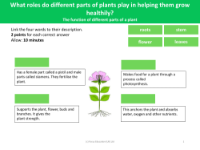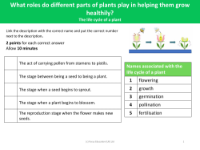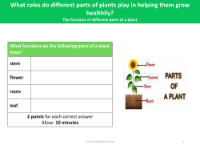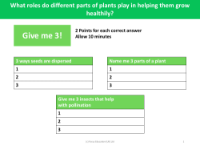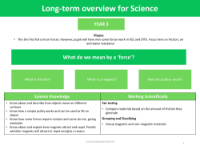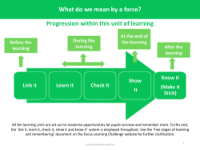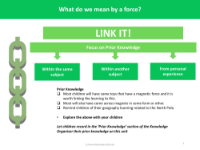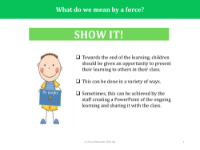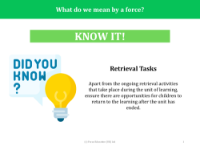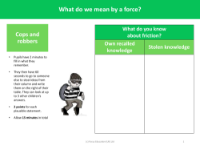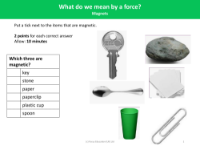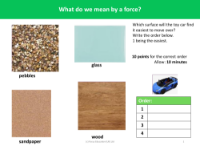Science - Year 3 - Focus Education
What does the Year 3 scheme cover?
Focus Education prioritises equipping teachers with the essential tools to deliver exceptional Science lessons, ensuring remarkable outcomes for pupils. Utilise hands-on observations, experimentation and exploration as integral components of working scientifically through the specific disciplines of biology, chemistry and physics, and foster a lasting appreciation of the structure and behaviour of the biological and physical aspects of the world around us.
Light and Dark
Carry out an investigation into the varying daylight durations in the UK throughout each month of the year. Reflect on the implications of a lack of artificial lighting during darkness and consider the activities that would be hindered without it during this unit. Delve into the principles of light by creating your own periscope, exploring how light behaves when it interacts with shiny objects. Investigate the formation of shadows and understand how sunlight influences the length of shadows. Learn about the potential risks associated with directly staring at the sun and gain insights into why such an act can be hazardous to vision.
Key questions answered:
- What is dark (in relation to the absence of light)?
- Why do we need light?
- What happens to light when it hits a shiny object?
- How is a shadow formed and why does it change shape?
- Why is it dangerous to look directly into the sun?
Rocks and Soil
Start this unit by looking at a collection of fossils and try to find out about them and when the creatures were likely to have been alive. Find out what soil is and examine the different types there are by exploring the differences between them. Set up an experiment to see which soil type is most fertile and understand the importance of soil for animal habitats and in helping the atmosphere by releasing and absorbing gases. Introduce the three types of rocks: igneous, sedimentary and metamorphic, using this to explore the question “What do rocks tell us about the way the Earth was formed?”
Key questions answered:
- How are fossils are formed?
- What is soil?
- What is the difference between igneous, sedimentary and metamorphic rocks?
- Why are some crystals extremely rare and valuable?
Skeletons and Muscles
In this unit, explore the importance of a nutritious, balanced diet and how nutrients, water and oxygen are transported within animals and humans. Find out how muscles are attached to bones by tendons to help them to move, as well as what happens to muscles when they contract and relax. Look at the joints in our body and how they work and why we need them. Look at different types of food and food groups and learn which foods are good for us and those that are less so.
Key questions answered:
- What are the names of the body parts associated with the skeleton?
- What are the muscles and how do they work?
- What are joints and how do they work?
- Why is it important to have a balanced diet and why exercise is important?
Plants
Know that light, air, water and nutrients from soil are all important for plant growth and find out how water is transported within a plant during this unit. Explore the intricacies of plant reproduction by learning about cross-pollination and self-pollination, gaining insights into the diverse methods of seed dispersal facilitated by the wind, including floating, gliding or spinning. Begin to recognise the adaptive strategies plants employ to ensure their seeds are effectively dispersed and how animals help in some cases.
Key questions answered:
- What are the functions of different parts of the flowering plant?
- What key factors are important for a plant’s growth?
- How is water transported within a plant?
- What do we mean by pollination?
- What types of pollination are there?
Magnets and Forces
Find out how often pulleys are used in modern machinery and spot some common pulley-based systems around you. During this unit, use different pulleys to lift objects, explore how different surfaces affect moving things and investigate what happens when two magnets are close to each other. Explore various forces, including friction and magnetism, and conduct your own fair test.
Key questions answered:
- What is friction?
- How do pulleys work?
- What is a magnet?
What’s included for Year 3 teachers?
- Full Year 3 National Curriculum coverage
- Detailed lesson plans and presentations
- Visual knowledge organisers for each unit
- Comprehensive assessment materials
- Links to prior and future learning, progression maps & more!
